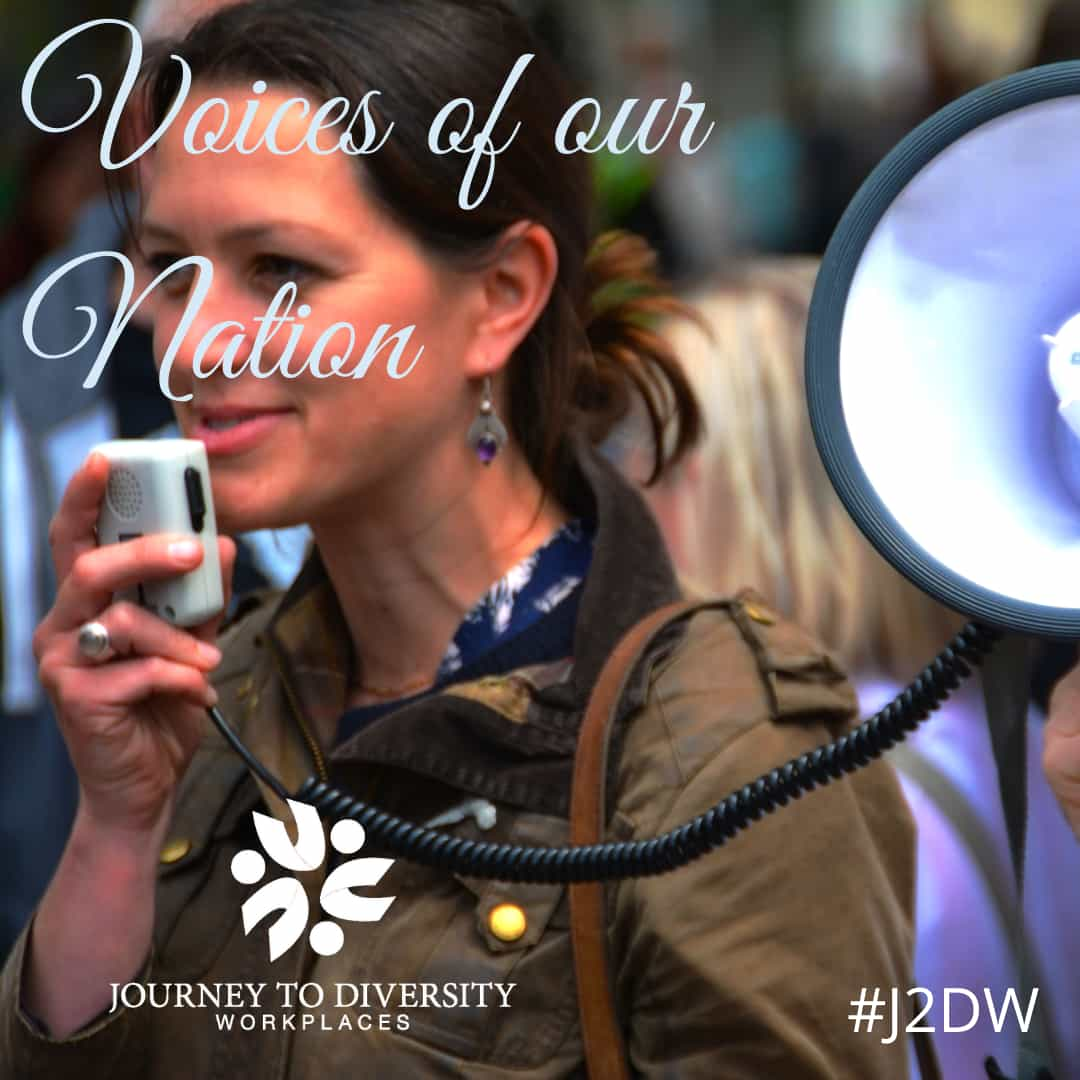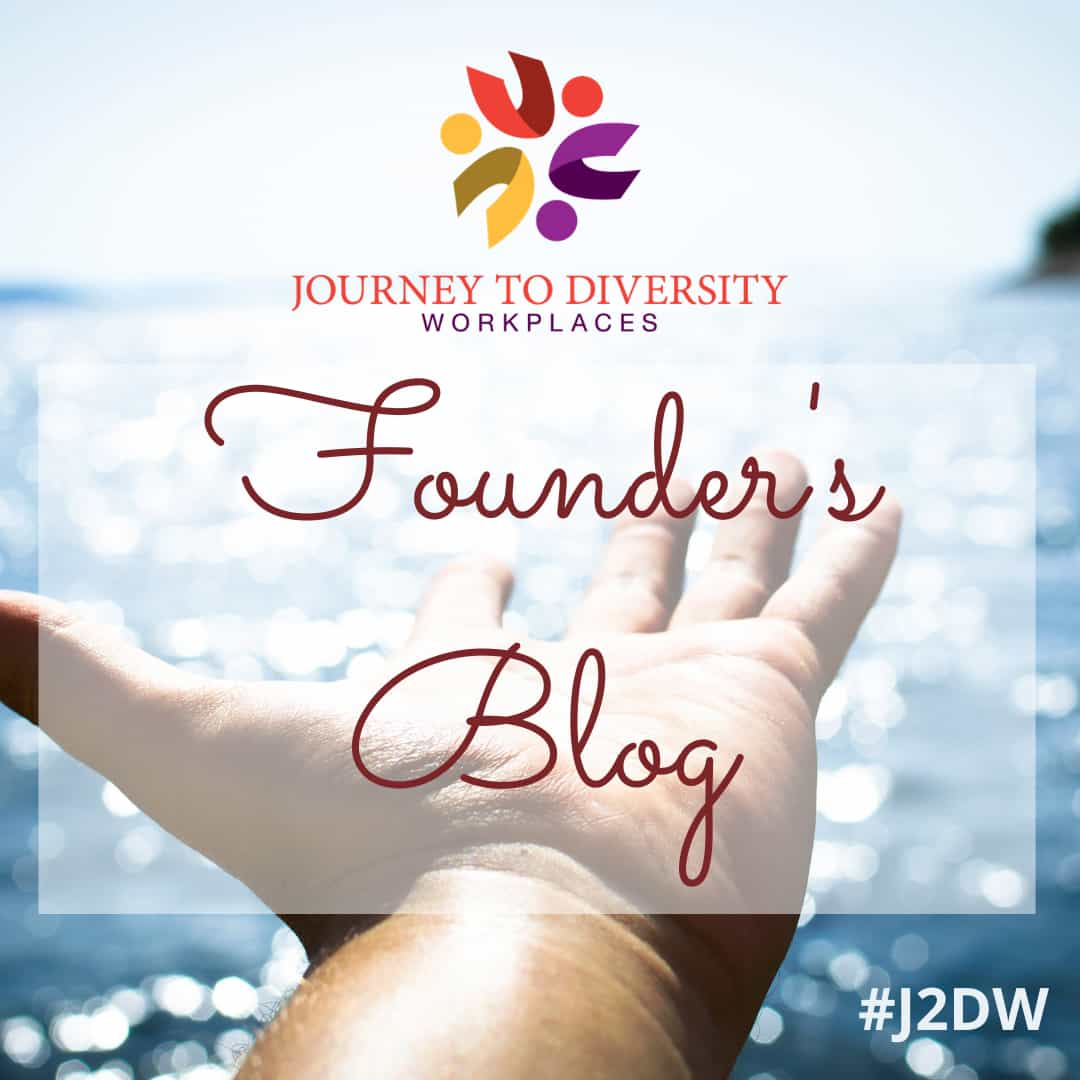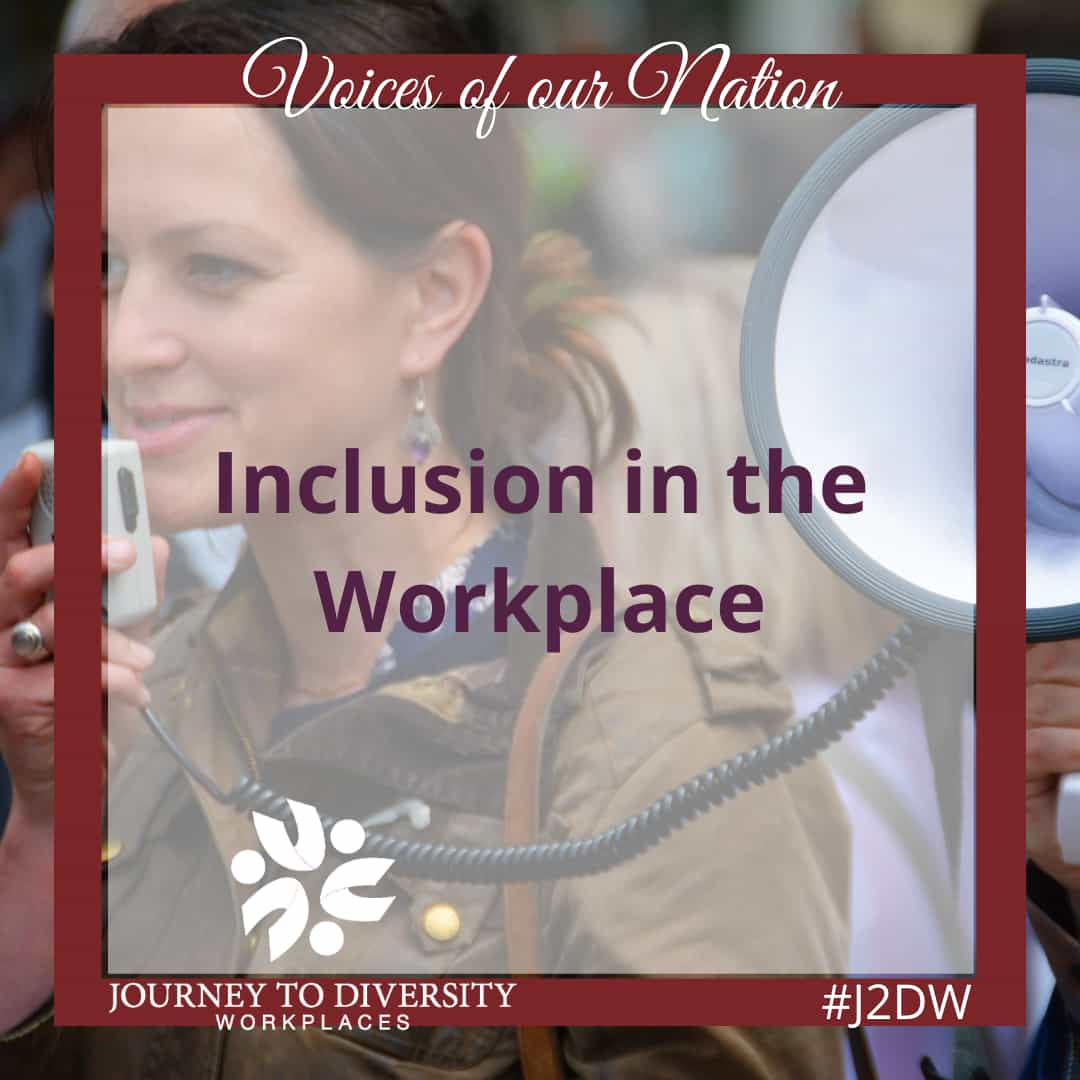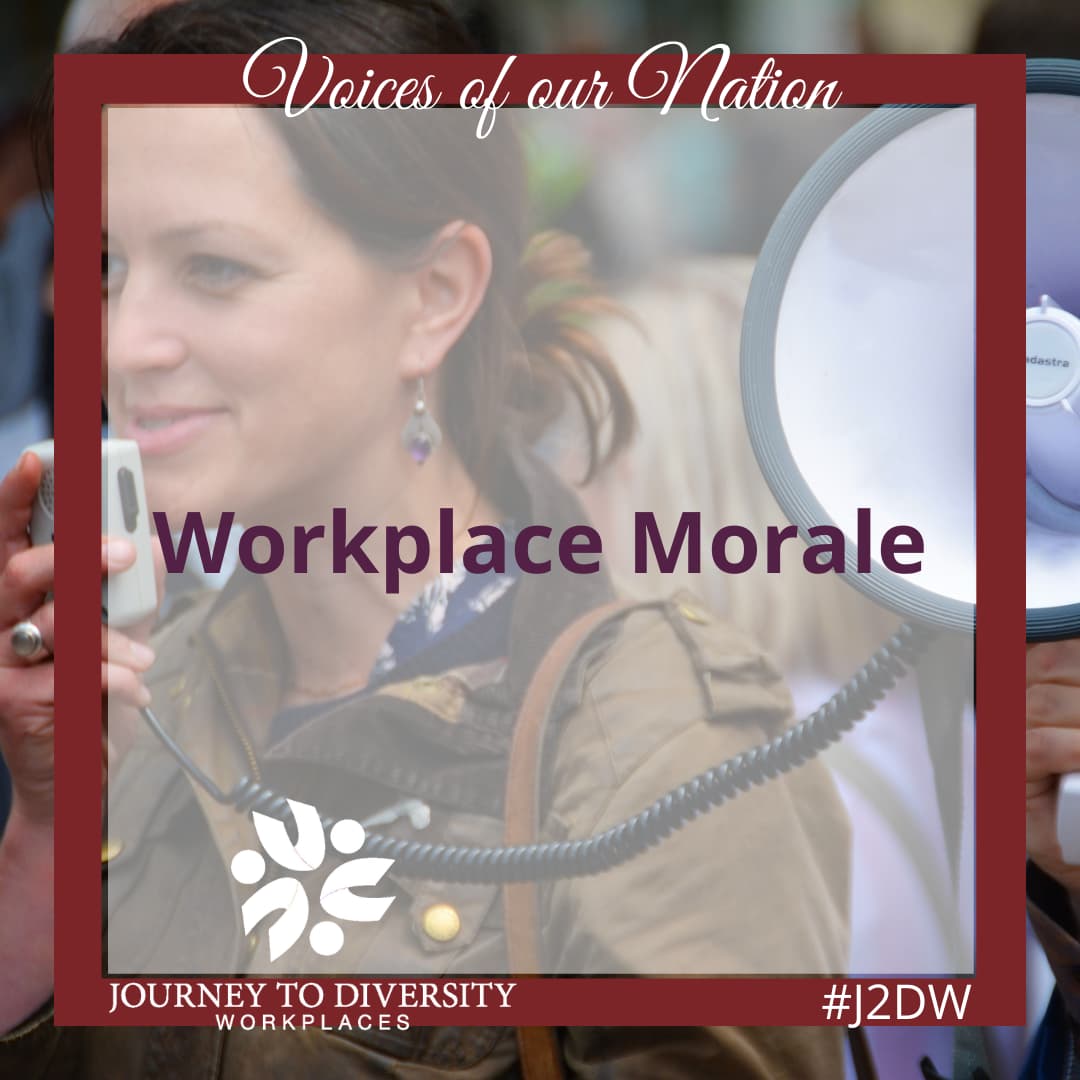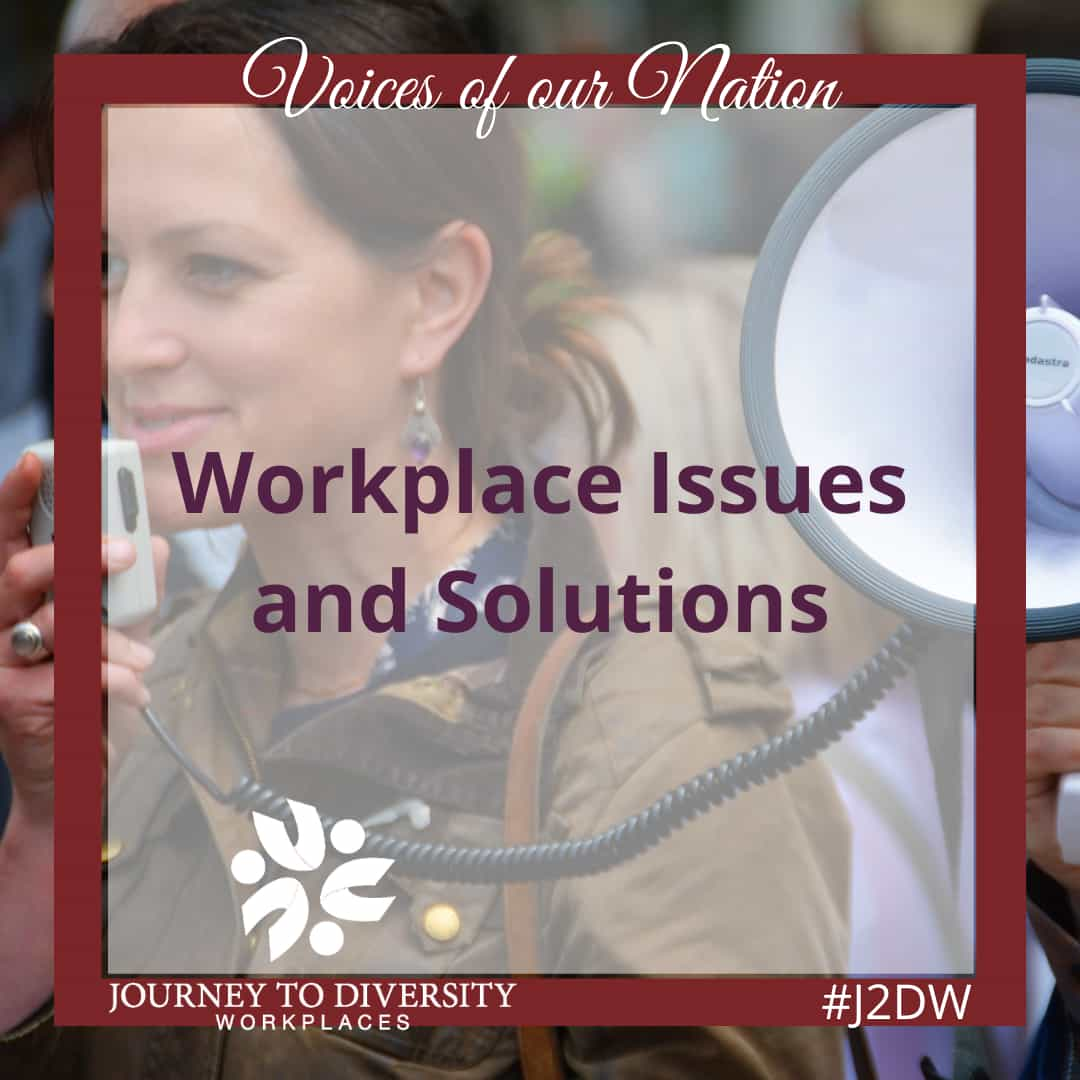Canada is a nation of newcomers and diversity has played an important role in Canada’s history. Originally inhabited by Aboriginal people, immigration to Canada began with the French and British colonization in the 17th century. This trend continued through the 18th and 19th centuries with United Empire loyalists who fled the United States during the American Civil War. A wave of immigration from Europe after the two World Wars brought many new cultures, languages and religious groups to Canada, resulting in many changes in government policy and the first laws to protect diversity. During the last 60 years, immigration has continued to flourish with newcomers arriving from every corner of our world. In 1971 Canada became the first country in the world to enact an official policy of multiculturalism, showing the value of diversity in Canada’s political and social landscape. The Canadian constitution, implemented in 1982, contained a Charter of Rights and Freedoms that protected multiculturalism. The Canadian Multiculturalism Act was introduced in 1988 and federal funds began to be distributed to ethnic groups to assist them in preserving their cultures.
Diversity in the workplace is natural to Canada with its multicultural population and more than 250,000 newcomers entering the country every year. One of the distinguished features of Canada’s current workforce is its growing diversity. It is a significant challenge for both employers and employees to learn to value of diversity and to embrace differences. There is a great need to learn about diversity by talking to people, asking questions and listening. Workplaces should know about differences and diversity issues. When workplaces understand the importance of diversity, it creates an environment where employers can appreciate and value each individual employee’s contributions to the workplace. Employers need to learn how to integrate and manage their diverse workforce while employees must recognize the challenges diversity brings, and then be adaptable to a more diverse workplace in these modern times. It is a process of cooperative efforts whereby everyone wins while acquiring new knowledge, leading to new opportunities. It is not possible to find effective workplace solutions without recognizing differences and finding similarities at the same time.
A diverse workplace is more quite common in Canada today. It is a reflection of Canada’s unique communities and philosophies. A diverse workplace can create a culture of innovative thinking by tapping into a broader range of ideas. The definition of diversity is not limited by ethnicity, culture or religion. It is important to be aware that diversity can include many factors including economic status, beliefs, gender, first language, religion, sexual orientation, skill-sets, inclusion of people living with disabilities and countless other factors. Having a positive work environment for all employees is an essential key to success for any business or non-profit.
Diversity in Canada extends beyond race and ethnicity but spans language, gender, religious affiliations, sexual orientation, abilities and economic status. Canadian employers have taken strides to ensure their workplaces are representative of the diverse Canadian population. If current trends continue, Canada’s labour force is going to change drastically over the next two decades. By 2031, 29% to 32% of Canada’s population—between 11.4 and 14.4 million people could belong to a visible minority group, which is nearly double the proportion (16%) and more than double the number (5.3 million) reported in 2006. In contrast, the rest of the population is projected to increase by up to 12%. Sustained immigration, and a younger population will bolster the minority population’s growth.
Canadian communities are diverse and workplaces with an emphasis on diversity can often understand their target markets better. A workplace should be a reflection of the people it serves where people within the workplaces feel empowered and thrive in a culture that recognizes, appreciates and utilizes the unique perspectives and background of everyone. When workplaces capitalize on the strengths of each employee, and leverage his or her differences, the workplace will be allowed to function more successfully as a diverse, inclusive and cohesive unit.
Source: Statistics Canada
This article was contributed by volunteer blogger Shan Simpson, and edited by volunteer editor Parul Datta.


